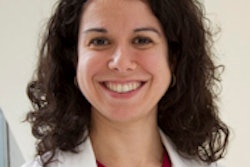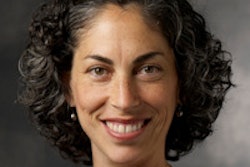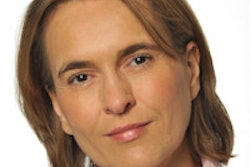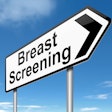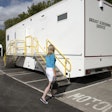When public health budgets are tight, mammography screening should begin later and occur less frequently, a cost-effectiveness analysis from the University of California, Davis has concluded.
The analysis, published in Value in Health, focused on several policy questions, including the effect on costs and outcomes in California's Every Woman Counts (EWC) program of starting screening when women are 50 years old instead of 40, and of screening every two years instead of every year. The study was conducted in response to recent government funding cutbacks (Value in Health, September 2013, Vol. 16:6, pp. 932-941).
Cutting back on screening wasn't a clinical recommendation, but rather a way to help a public health program use its resources to the greatest effectiveness, the researchers said.
The study used a microsimulation model that projected outcomes based on existing program data. It found that starting mammography screening biennially at age 50 was strongly supported by the model results, given that program funding did not allow screening of the full population of eligible women beginning at age 40.
The EWC analysis has implications for other budget-constrained public programs around the U.S. because they can also create cost-effectiveness analysis models quickly enough to influence resource allocation decisions, according to the authors.




